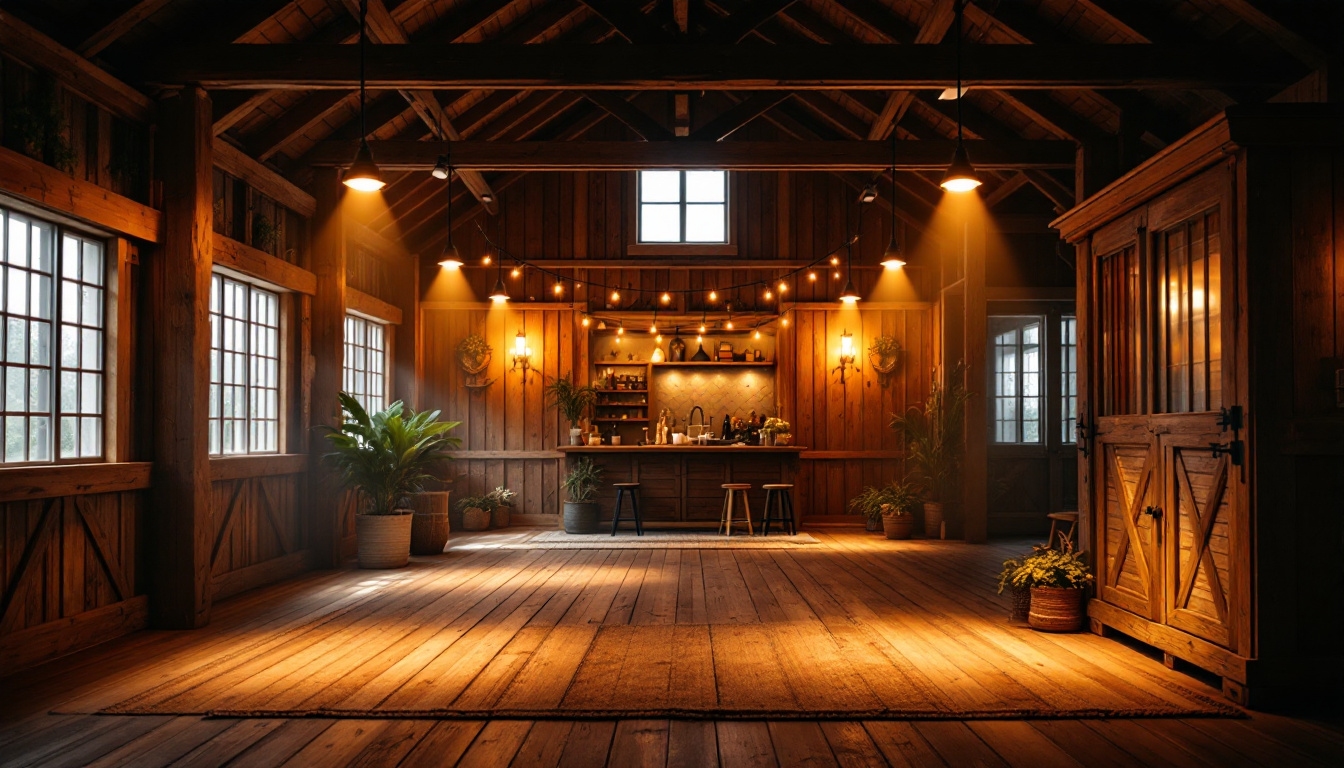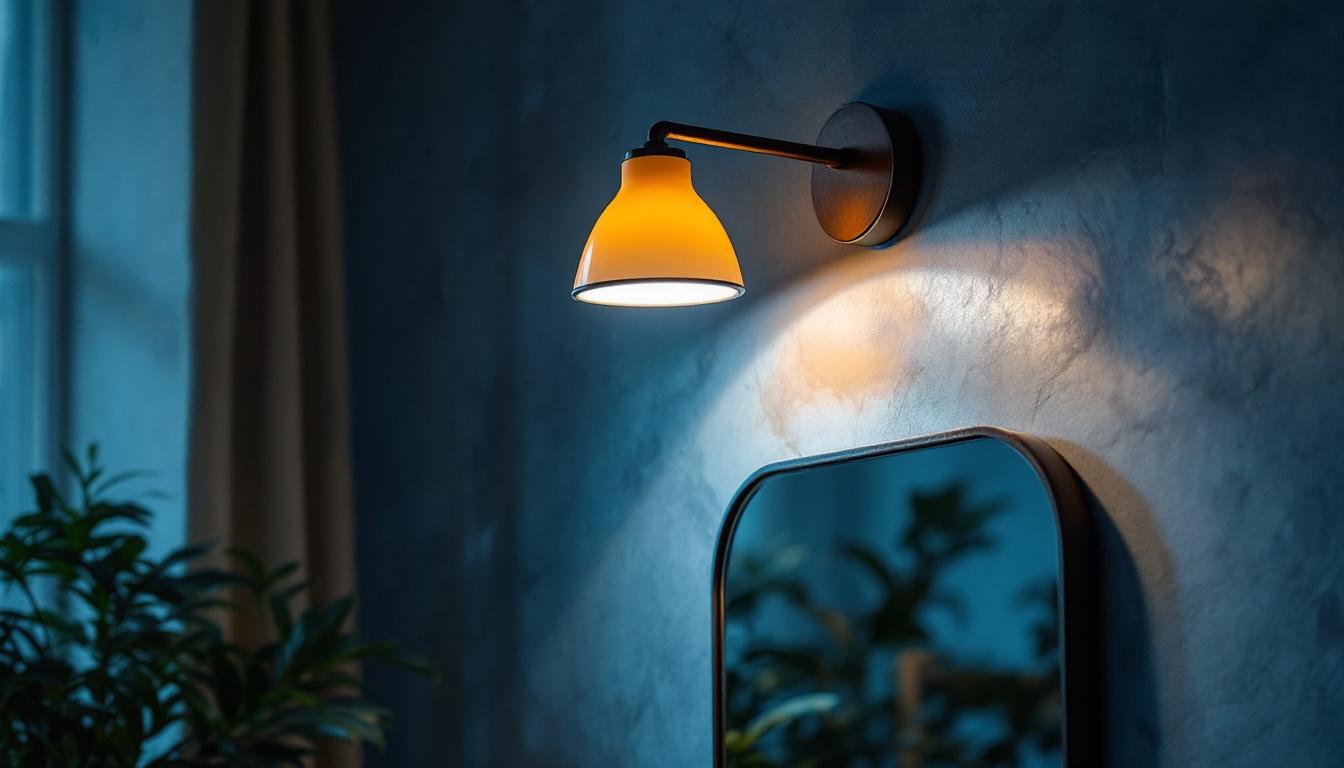
In the rapidly evolving world of lighting technology, address light has emerged as a pivotal component in modern lighting solutions. This innovative approach not only enhances aesthetic appeal but also improves functionality and energy efficiency in various applications. For lighting contractors, understanding the nuances of address light can lead to more effective installations and satisfied clients.
Address light refers to lighting systems that can be individually controlled and addressed, allowing for precise management of light output, color, and intensity. This technology is particularly beneficial in environments where lighting needs can vary significantly, such as in commercial spaces, theaters, and art galleries. The adaptability of address light systems not only enhances aesthetic appeal but also contributes to energy efficiency, as lights can be adjusted based on real-time requirements, reducing unnecessary energy consumption.
At its core, addressable lighting systems utilize digital controls to manage each light fixture independently. This means that each light can be programmed to respond to specific commands, enabling a range of functionalities from dimming to color changing. The ability to control lights individually or in groups offers unparalleled flexibility in design and execution. For instance, in a theater setting, lighting designers can create dynamic scenes that shift seamlessly throughout a performance, enhancing the storytelling experience and immersing the audience in the narrative.
Address light systems typically consist of several key components: the light fixtures themselves, a control system, and a communication protocol. The fixtures can include LED lights, which are energy-efficient and long-lasting. The control system may involve software that allows users to program and manage the lighting, while the communication protocol ensures that commands are transmitted accurately to each fixture. Additionally, many modern addressable lighting systems incorporate sensors that can adjust lighting based on ambient conditions or occupancy, further optimizing energy use and enhancing user comfort. This integration of smart technology not only streamlines the lighting process but also opens up possibilities for automation, allowing for pre-set lighting scenarios that can be activated with a simple command or at specific times of the day.
The versatility of address light makes it suitable for a wide range of applications. From enhancing the ambiance of a restaurant to providing functional lighting in a warehouse, the possibilities are extensive. Understanding these applications can help lighting contractors tailor solutions to meet specific client needs.
In commercial settings, address light can significantly enhance the customer experience. Retail stores, for instance, can use addressable lighting to highlight products, create mood, and guide customers through the space. By adjusting the lighting based on the time of day or specific events, businesses can maximize their visual merchandising efforts. Furthermore, the integration of smart technology allows retailers to program lighting changes that align with promotional campaigns or seasonal displays, ensuring that the store remains fresh and engaging for repeat visitors.
Address light plays a crucial role in theaters, concert halls, and other entertainment venues. The ability to control lighting effects in real-time allows for dynamic performances that can captivate audiences. Lighting designers can create intricate scenes that change throughout a performance, enhancing storytelling and emotional impact. Additionally, the use of addressable lighting can facilitate immersive experiences, such as interactive theater or live concerts where the audience is enveloped in a synchronized light show, making them feel like an integral part of the performance.
In art galleries and museums, proper lighting is essential for showcasing artwork without causing damage. Address light systems allow curators to adjust the intensity and color of the lighting to complement different pieces. This level of control ensures that each artwork is presented in the best possible light, literally and figuratively. Moreover, with advancements in LED technology, galleries can now utilize energy-efficient lighting solutions that not only preserve the integrity of the art but also reduce operational costs. This is particularly important for institutions that host traveling exhibitions, as they can easily adapt their lighting setups to meet the specific requirements of diverse collections while maintaining a sustainable approach to energy consumption.
The implementation of address light systems offers numerous benefits that can enhance both the functionality and sustainability of lighting solutions. For lighting contractors, these advantages can be a selling point when discussing options with clients.
One of the most significant benefits of address light is its energy efficiency. By allowing for precise control over each fixture, unnecessary energy consumption can be minimized. For example, lights can be dimmed or turned off in unoccupied areas, leading to substantial energy savings over time. This not only reduces operational costs but also contributes to environmental sustainability. Furthermore, many address light systems are compatible with renewable energy sources, such as solar panels, which can further decrease reliance on traditional power grids and promote a greener footprint.
Address light systems provide enhanced control and flexibility, enabling users to create customized lighting scenarios. This adaptability is particularly valuable in spaces that serve multiple purposes. For instance, a conference room can transition from bright, focused lighting for meetings to softer, ambient lighting for social events with just a few clicks. Additionally, many systems can be integrated with smart technology, allowing users to control lighting remotely via smartphone apps or voice commands. This level of convenience not only streamlines operations but also encourages users to take full advantage of the lighting capabilities available to them.
Ultimately, the goal of any lighting solution is to improve the user experience. Address light systems allow for tailored lighting that can enhance comfort, productivity, and overall satisfaction. By meeting the specific needs of users, contractors can ensure that their installations are not only functional but also enjoyable. Moreover, the ability to adjust lighting based on the time of day or specific tasks can significantly impact mood and focus. For example, cooler lighting can invigorate and stimulate productivity during working hours, while warmer tones can create a calming atmosphere in the evening, promoting relaxation and well-being. This thoughtful approach to lighting design can transform a space, making it more inviting and conducive to various activities.
While the advantages of address light are compelling, there are challenges that lighting contractors may face when implementing these systems. Understanding these hurdles can help in devising effective strategies to overcome them.
The initial investment for address light systems can be higher than traditional lighting solutions. This may deter some clients, especially those with limited budgets. However, it is essential to communicate the long-term savings and benefits that come with energy efficiency and enhanced functionality. A well-informed client is more likely to see the value in the upfront costs. Additionally, many municipalities and organizations offer incentives or rebates for adopting energy-efficient technologies, which can help offset some of the initial expenses. Highlighting these financial incentives can further encourage clients to consider the long-term advantages of address light systems.
Address light systems can be more complex to install than standard lighting solutions. This complexity may require specialized knowledge and training for contractors. Ensuring that the installation team is well-versed in the technology and its requirements can mitigate potential issues and lead to successful project completion. Furthermore, the integration of address light systems with existing infrastructure can present unique challenges, such as compatibility with older electrical systems or the need for additional wiring. Contractors may need to conduct thorough site assessments and possibly redesign parts of the electrical layout to accommodate these advanced systems effectively.
Maintaining address light systems may also pose challenges. The technology behind these systems can be intricate, requiring ongoing support and updates. Contractors should be prepared to offer maintenance services or partner with manufacturers to ensure that clients receive the necessary support after installation. Regular maintenance checks can help identify potential issues before they escalate, ensuring that the systems operate at peak efficiency. Additionally, educating clients about the importance of routine maintenance and the potential costs associated with neglect can foster a sense of responsibility and encourage proactive management of their lighting systems.
As technology continues to advance, the future of address light systems looks promising. Emerging trends are likely to shape the way these systems are designed, implemented, and utilized.
One of the most exciting trends is the integration of address light systems with smart home technology. As more homeowners seek to automate their living spaces, the demand for lighting solutions that can seamlessly connect with other smart devices will grow. This integration allows for even greater control and customization, enhancing the overall user experience.
Ongoing advancements in LED technology and energy management systems will further improve the energy efficiency of address light solutions. As new materials and designs emerge, lighting contractors will have access to more sustainable options that align with the growing emphasis on environmental responsibility.
The development of user-friendly interfaces for controlling address light systems is also on the horizon. As technology becomes more accessible, clients will expect intuitive controls that simplify the management of their lighting solutions. This trend will likely lead to the creation of apps and platforms that allow users to customize their lighting experiences easily.
Address light has established itself as a crucial element in modern lighting solutions, offering enhanced control, energy efficiency, and improved user experiences. For lighting contractors, understanding the intricacies of this technology is essential for meeting the evolving needs of clients. By embracing the challenges and opportunities presented by address light systems, contractors can position themselves at the forefront of the lighting industry.
As the demand for innovative lighting solutions continues to grow, staying informed about trends and advancements in address light technology will be vital. By leveraging the benefits of address light, contractors can not only enhance their project offerings but also contribute to a more sustainable and efficient future in lighting.
Ready to take your lighting projects to the next level with address light solutions? At LumenWholesale, we provide lighting contractors with the highest quality, spec-grade lighting products at prices that can’t be beaten. Say goodbye to local distributor markups and hello to a vast selection of reliable, high-performance lighting that meets rigorous industry standards. With the added convenience of free shipping on bulk orders, you can trust that you’re getting premium lighting at the best value — without any hidden fees. Elevate your lighting game and experience the perfect blend of quality, affordability, and convenience. Wholesale Lighting at the Best Value is just a click away.

Discover the essential guide for lighting contractors on selecting the perfect barn lights LED.

Discover the secrets to maximizing efficiency and profitability in lighting warehouse stores with our expert tips tailored for lighting contractors.

Discover how big ceiling fans can transform your lighting projects by enhancing both functionality and aesthetics.

Discover the essential insights into industrial vanity lights with answers to lighting contractors’ most common questions.